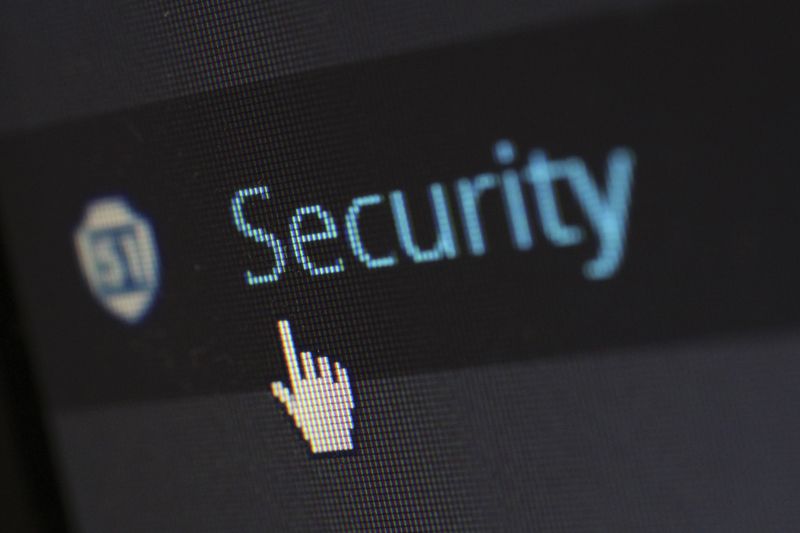The CSF was initially developed for critical infrastructure industries such as banking and energy but has since been adopted by various sectors, including schools, small businesses, and both local and foreign governments. NIST is now seeking to ensure that the framework remains useful to all sectors, not exclusively those deemed critical.
To address the evolving cybersecurity landscape and users’ feedback on maintaining the flexibility and voluntary nature of the CSF, the draft update includes several major changes. Firstly, the framework‘s scope has been expanded to include all organizations, regardless of size or type. Previously, the CSF focused on protecting critical infrastructure, such as hospitals and power plants, but now it aims to provide cybersecurity guidance to all organizations.
Additionally, NIST has added a sixth function, called “govern,” to the existing five functions (identify, protect, detect, respond, and recover) that form the main pillars of a successful cybersecurity program. The govern function emphasizes that cybersecurity is a significant enterprise risk and should be considered by senior leadership alongside other risks, such as legal and financial risks.
The draft update also provides improved and expanded guidance on implementing the CSF, particularly when creating profiles tailored to specific situations. Users have requested assistance in applying the CSF to specific economic sectors and use cases, and the inclusion of implementation examples for each function’s subcategories aims to provide organizations, especially smaller firms, with practical guidance.
One of the major goals of CSF 2.0 is to explain how organizations can leverage other technology frameworks, standards, and guidelines to implement the CSF effectively. NIST plans to release a CSF 2.0 reference tool in the near future, allowing users to browse, search, and export the CSF Core data in human-readable and machine-readable formats. This tool will also provide “Informative References” to demonstrate the relationships between the CSF and other resources, making it easier for organizations to incorporate other guidance in managing cybersecurity risk.
NIST strongly encourages feedback and comments on the draft CSF 2.0 before the November 4 deadline. Cherilyn Pascoe, the lead developer of the framework, emphasizes the importance of user involvement in shaping the updated version and encourages all stakeholders to participate.
The release of CSF 2.0 and its subsequent adoption by organizations around the world will have significant implications for cybersecurity risk management. By providing a common language, systematic methodology, and practical guidance for managing cybersecurity risk, the CSF empowers organizations to strengthen their cybersecurity posture and effectively communicate about cybersecurity risks.
However, it is important to note that the CSF is a voluntary framework and not a guarantee of absolute security. Cybersecurity is a constantly evolving field, with new threats and vulnerabilities emerging regularly. Organizations should continuously evaluate and update their cybersecurity practices, even when following the CSF.
Internet security and data protection are crucial aspects of implementing any cybersecurity framework, and organizations should remain vigilant in safeguarding their digital assets. As organizations become increasingly interconnected and reliant on technology, the risk of cyberattacks and data breaches continues to grow. It is essential to establish robust cybersecurity protocols, including regularly updating software, implementing strong access controls, conducting regular security assessments, and providing ongoing training to employees.
The release of CSF 2.0 underscores the importance of cybersecurity in today’s interconnected and digitized world. As organizations face increasingly sophisticated cyber threats, they must prioritize cybersecurity and adopt frameworks like the CSF to mitigate risks effectively. The collaborative approach to updating the CSF, involving public input and feedback, reflects the evolving nature of cybersecurity and the need for ongoing improvement in managing cyber risks.
In conclusion, the draft update of the Cybersecurity Framework by the National Institute of Standards and Technology represents an important step in adapting to the changing cybersecurity landscape. The inclusion of new functions, expanded guidance, and the emphasis on governance demonstrate the commitment to addressing emerging cybersecurity issues and supporting organizations of all sizes and sectors. It is now up to stakeholders to provide feedback and shape the final version of CSF 2.0, ensuring its continued relevance and effectiveness in the face of evolving cyber threats.

<< photo by George Becker >>
The image is for illustrative purposes only and does not depict the actual situation.
You might want to read !
- Navigating the Uncertainties: Strategies for Tackling ChatGPT’s Risk Management Challenges
- 10 Ways to Demonstrate Your Organization’s Cyber Insurance Readiness
- The Secret World of Covert Communications: Hackers Exploiting Cloudflare Tunnels
- The Future of Cybersecurity Unveiled: Reporting Live from Black Hat USA 2023
- Securing the Future: Crafting an Effective Strategy for Protecting Multicloud Architectures
- Robo-Warfare: Utilizing Technology to Combat Robocalls




